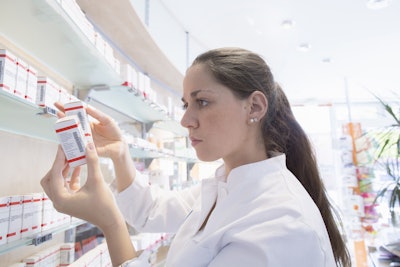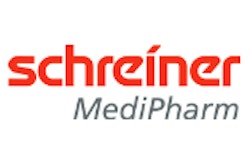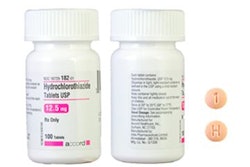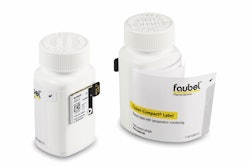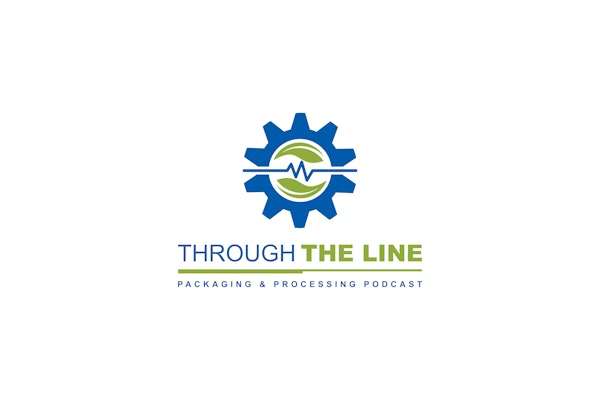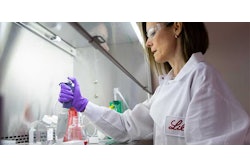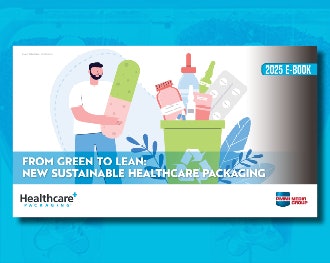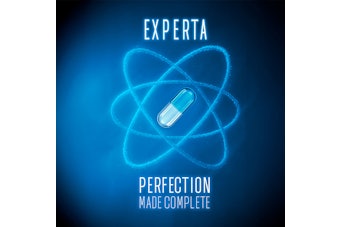During the month of August, everything from homeopathic medicines and a micro-stent to baby oral gels and children’s pain reliever were identified on FDA’s online list of voluntary recalls, market withdrawals, and safety alerts.
FDA pointed to a labeling mix-up in the case of Accord Healthcare’s hydrochlorothiazide tablets used to treat high blood pressure and heart disease. Incorrect measurement markings were cited in the case of Pfizer’s Children’s Advil. As we noted previously, August (the 27th in particular) was not a red-letter month for pharmaceuticals.
On the last day of August, one lot of Camber Pharmaceuticals’ Montelukast Sodium Tablets were voluntarily recalled because their sealed bottles were labeled as such but instead contained a different drug: Losartan Potassium Tablets.
At the time of the announcement, FDA said Camber Pharmaceuticals had not received adverse event reports associated with the recall, but the agency did note the following: “This tablet mix-up may pose a safety risk as taking losartan tablets when not prescribed has the potential to cause renal dysfunction, elevated potassium levels and low blood pressure. This risk is especially high for pregnant women taking the allergy and asthma medication montelukast because losartan, which is indicated to treat high blood pressure, could harm or kill the fetus.” That’s bad news.
The good news: The agency listed 244 approved drugs during August, with “labeling” noted as the primary submission classification. Back in June, FDA approved Epidiolex, the first drug containing cannabidiol (CBD). The agency also continues to work to address opioid abuse issues. Progress on these fronts exemplifies good news in the pharmaceutical industry.
It’s also good news that medical professionals have an ever-advancing number of new and developing pharmaceuticals and biologics with which to treat patients. However, those advances bring us to some ugly news: The U.S. Dept. of Justice in late August announced a 43-count indictment in federal court in Cleveland charging “two Chinese citizens with operating a conspiracy that manufactured and shipped deadly fentanyl analogues and 250 other drugs to at least 25 countries and 37 states. The indictment also alleges the drugs sold by the group directly led to the fatal overdoses of two people in Akron, OH.”
Within the indictment, DOJ referred to the Zheng drug trafficking organization (Zheng DTO), noting, “The Zheng DTO used co-conspirators in other countries, including the U.S., to receive, repackage, and redistribute the drug shipments, thereby hiding their Chinese origin.”
In its Sept. 5 “Weekly News” e-newsletter, The Partnership for Safe Medicines’ headline of a story reporting on that topic read, “Foreign Counterfeiters Boast: We Can Make Fake Cancer Drugs.” The Partnership for Safe Medicines’ website is packed with news about counterfeit drugs, a scourge that seems bound to escalate along with the skyrocketing financial value of advanced therapies.
That leads us back “full circle” to the good news about pharmaceutical packaging, as suppliers continually develop technologies and materials to combat ever-more-sophisticated global counterfeiting operations. Just announced Sept. 5, for example, Schreiner MediPharm’s BitSecure Mobile is a digital counterfeiting detection security feature (shown in accompanying photo) that aims to help fight illegal trade in counterfeit medicines.
Negative reports tend to capture the attention of the news media, which in turn gains the attention of consumers/patients. Perhaps an analogy can be made in the spirit of a new football season between the pharmaceutical industry and players on a team’s offensive line. Typically, only the lineman’s occasional error gets called out and recognized. The great majority of the time, however, that player helps drive the team forward. For patients, the forward progress of the pharmaceutical community, and the role that packaging plays in it, is excellent news.
